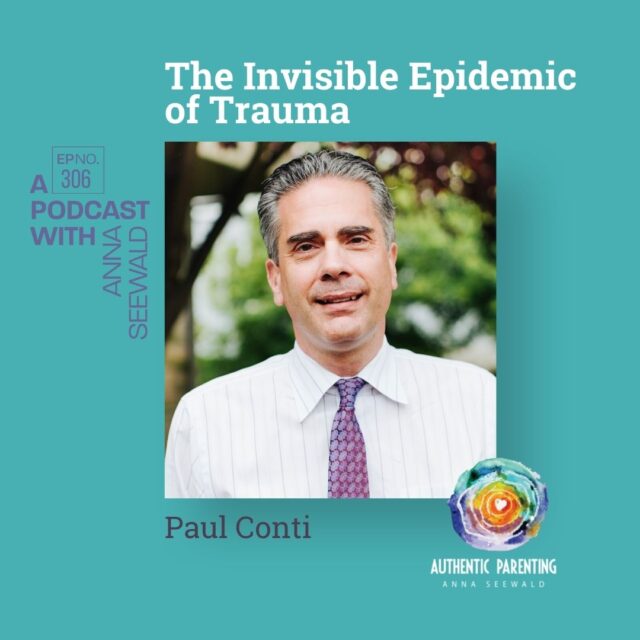What happens inside of us as a result of trauma changes us. When trauma hits, it affects all aspects of our life: our brain biology, emotions, memory, physical health, But above all-it alters our sense of self. It creates a permanent divide in our personal history-forever dividing it into two segments of Before and After.
The person you were before the trauma is not the person you are after it.
I’m reminded of the words of a novelist Haruki Murakami:
“And once the storm is over, you won’t remember how you made it though, how you managed to survive. You won’t even be sure whether the storm is really over. But one thing is certain. When you come out of the storm, you won’t be the same person who walked in. That’s what the storm’s is all about.”
While trauma is this invisible epidemic, not every negative life event constitutes as trauma.
Is healing possible? Absolutely!
Some key points
- 3 types of trauma
- The role of shame
- The role of the limbic system
- Paul’s own story with his brother’s suicide
- First steps towards healing
- The importance of creating a coherent narrative
Here is a quote from this episode:
“Trauma changes our emotions: changed emotions determine our decisions.”

About my guest
Paul Conti, MD is a graduate of Stanford University School of Medicine. He completed his psychiatry training at Stanford and at Harvard, where he was appointed chief resident. He then served on the medical faculty at Harvard before moving to Portland, Oregon, and founding a clinic.
